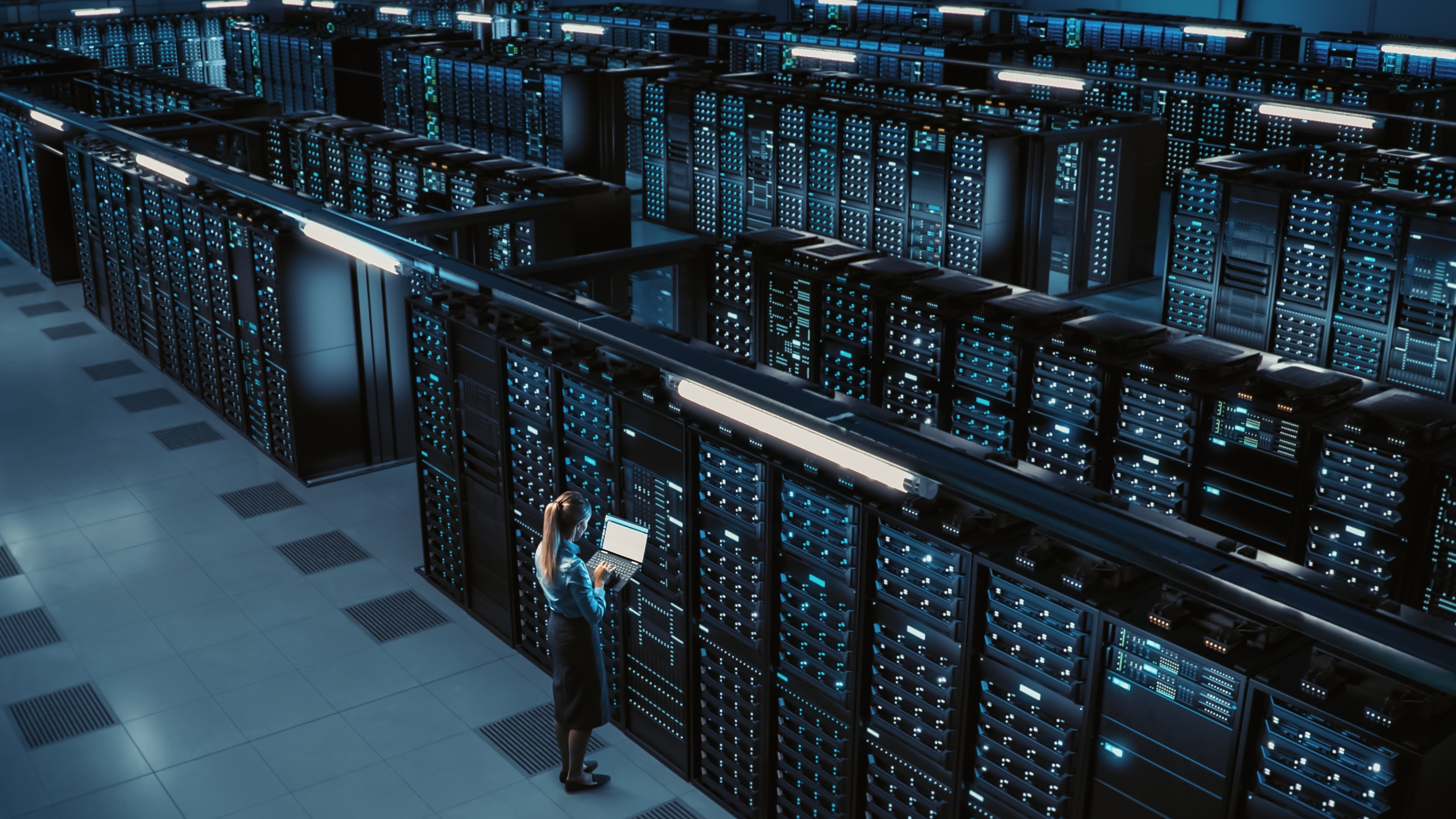
As global digital consumption continues to soar, all organisations are becoming increasingly dependent on data centers. In response, data center operators need to strike a balance between rapid and sustainable growth, in a context where environmental impact is just as important as both the quality of the service provided and staff satisfaction. Balancing these commitments while facilitating data center growth is no easy task, and there are certain pitfalls that all operators should be aware of. To learn more about this, François Sterin, COO of Data4, shares his leadership advice for a rapid growth model.
1. Never compromise on quality
When it comes to designing a data center, the first rule is never to sacrifice quality for speed. The top priority must always be to create infrastructure that will stand the test of time, and neglecting a task in the early stages will only lead to problems down the road. Given the rapidly changing technological landscape, there’s no way to predict what will become possible over the next few years. That’s why it’s important for data centers to be designed with maintenance and upgrades in mind, allowing new technologies to be integrated seamlessly.
2. Prepare for the worst
Complacency could be your undoing, and being meticulous in your precautionary measures is a must. Just because something works today doesn’t mean there won’t be problems later. Check your equipment as often as the manufacturer recommends – and then doublecheck it. If certain problems are simply unavoidable, operators must become as adept as possible at anticipating everything – even the unforeseeable – by implementing solid preventive strategies.
3. Be selective about suppliers
It’s important to strike the right balance between too few and too many suppliers. For key components, like generators, Data4 only has two suppliers with whom we plan well in advance. Too many suppliers can be a nightmare to organise, but too few can leave you open to disruption if there are supply chain issues. And remember that as you expand your data center operations, you need to take your whole ecosystem with you, including your suppliers. Careful checks by the design committee will ensure that your supplier is ready to move forward at the same pace as you.
4. Put the customer first
The customer is still king. It takes time to gain a customer’s trust, but it can be lost in an instant. By implementing a customer-centric approach to your operations and decision-making, you’ll be rewarded with customer loyalty.
5. Build a winning team
You need to take the time to analyse your team’s effectiveness on the job. Too small and you won’t get the job done, but too big and you risk having processes getting delayed, which could lead to ineffective decision-making. Whatever the ideal size, make sure that every member of your team receives excellent training, so that they know your equipment inside and out.
6. Harness the power of diversity
The best teams are diverse teams, both in terms of people and skills. In fact, the two enrich each other. Different people offer new perspectives, exciting ideas and unique skills, so make sure you broaden your talent pool and champion all voices. At Data4, we’re teaming up with local suppliers to develop an academy that will help encourage diversity in the sector.
7. Understand when to take responsibility
It’s important to learn to take responsibility for your actions. In the course of my career, I’ve seen operators blame their customers, their suppliers and even the weather. If there is a quality problem, the operator should be the first to step forward and explain its shortcomings and, above all, the lessons learned from them.
8. Get support from local groups
Build solid relationships with the authorities in your area, especially emergency services such as the fire brigade, electricity suppliers and local utilities. These are not always the easiest relationships to establish in the early stages of building a data center, but communication can be crucial in an emergency. Agreeing on what to do when a problem arises is essential to ensure that local teams can act quickly and efficiently.
9. Prioritise sustainable innovation
Sustainability must always be a central concern when expanding operations. In recent years, the conversation has largely focused on PUE (Power Usage Effectiveness), but there is now much more to consider. At Data4, we integrate a wide range of new technologies, initiatives and processes to ensure that our approach is as sustainable as possible. This includes replacing standard energy sources with renewable ones, reusing waste heat and avoiding the use of the same sites for future centers in order to prevent land artificialisation.
10. Align HR and sustainable development strategies
Improving the way the data center industry uses energy and reducing its overall carbon footprint are essential for mitigating the effects of climate change, but there are other benefits to consider. At Data4, we design campuses that are smart, friendly places to work, with plenty of green space to encourage employee well-being. Underpinning the company is a set of principles that reflect our team’s values on climate issues. By linking our working environment to our sustainability objectives, we are creating a space that is better for everyone: our teams and the planet.
The growth of data centers is a fact of life, spawned by a rising consumption of digital technology over which we have little control. What we can control, however, is the way in which we shape this growth. Operators who prioritise growth at the expense of their staff, the quality of their products and services or their climate strategies may see quick gains in the short term, but only those who take all these considerations into account will be able to ensure sustainable growth for data centers over time.

